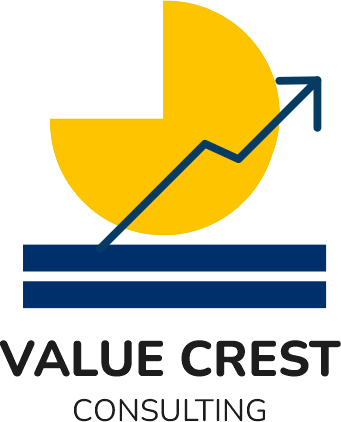Deal Stages in Pipeline Build
The process of converting leads into successful deals involves several stages. Understanding these stages is crucial for managing and optimizing the sales pipeline. Here, we provide explanatory notes on each stage, from the initial lead generation
1. Lead Generation
Lead generation is the initial stage of the sales pipeline where potential customers are identified and captured. This stage often involves spending on Customer Acquisition Cost (CAC) to attract leads through various marketing channels like advertising, content marketing, social media, and more.
2. Leads
Once potential customers are generated, they enter the pipeline as leads. A lead is an individual or organization that has shown interest in your product or service but has not yet engaged in a detailed conversation with the sales team.
3. SQL (Sales Qualified Lead)
A Sales Qualified Lead (SQL) is a lead that has been vetted by the sales team and meets specific criteria indicating a higher likelihood of becoming a customer. SQLs have typically shown a deeper interest in your offerings and may have interacted with your content or responded to initial outreach efforts. The SQL definition can be specific to a business. For example, a listening by a prospective for one-hour can be the parameter to consider a lead as SPL.
4. Demo
In the demo stage, the sales team demonstrates the product or service to the SQL. This stage is crucial for showcasing the features, benefits, and value propositions of your offering. A successful demo can significantly increase the chances of moving the lead further down the pipeline.
5. Proposal
After a successful demo, the lead moves to the proposal stage. Here, the sales team provides a detailed proposal outlining the terms, pricing, and scope of the product or
service. This stage involves negotiation and clarification of any concerns the lead may have.
6. Negotiation
The negotiation stage involves discussions between the sales team and the potential customer to finalize the terms of the deal. This stage can include haggling over pricing, delivery schedules, contract terms, and other specifics. Effective negotiation is key to converting leads into customers.
7. Deal Won or Deal Lost
The final stage of the sales pipeline is the outcome of the deal. If the negotiation is successful, the deal is marked as “Deal Won,” and the lead becomes a customer. Conversely, if the negotiation fails, the deal is marked as “Deal Lost,” and the lead exits the pipeline.
Understanding and managing these stages effectively can help optimize the sales process, reduce Customer Acquisition Cost, and increase the conversion rate of leads to customers. Each stage is an opportunity to engage with potential customers, address their needs, and move them closer to making a purchase.
8. Pipeline Value
At any point of time, it is good to have a value for the pipeline build. The sales team assumes a possible conversion value. And this expectation changes as the deal moves across stages. It is good to have a reasonable estimate of the pipeline value.
At Crest Point Consulting, we consider the following:
- Lead 0%
- SQL 10%
- Demo 25%
- Proposal 50%
- Negotiation 75%
- Deal Won 100%
- Deal Lost 0%
Let us explain this with an example.
Consider the case where the expected conversion value of a deal is Rs.10 lacs.
When it enters the SQL stage, consider the pipeline value of that opportunity as 10% of Rs. 10 lacs, which is Rs. 1 lac.
The same deal when it is in negotiation stage, consider the value at 75% of Rs.10 lacs, which is Rs.7.5 lacs.
By summing up, you will have a reasonable estimate of what probable business conversion can be arrived at based on the pipeline build.
to the final outcome of a deal.

